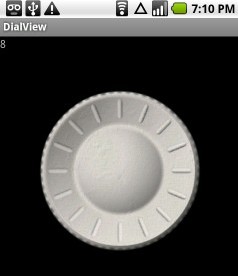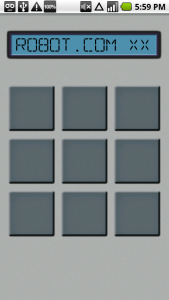I don’t know about you but I have an emotional attachment to old platforms and APIs. They are often sweet and nice in their primordial simplicity, even with their well-understood limitations. Even when they become obsolete, we developers still remember and miss them.
In case of Android, version 1.5 / API level 3 is technically obsolete but is far from being extinct from the device market. In fact, as of the day I write this article, it is one of the most widely installed Android versions on the market. (And if you add the not-so-different 1.6, they take almost half of the market together.) While subsequent versions brought us a lot of goodies in various areas of the platform API, 80% or more of all functionality our apps need today is present in 1.5.
Sure, there are cases when your app just isn’t meant to run on 1.x. For example, its core functionality is based on the APIs that are absent from API level 3 (e.g. you’re making a live wallpaper), or when you don’t want to support old devices for performance reasons, or due to a marketing decision. However, in many cases what makes developers raise the minSdkVersion bar is the need to use some of the 1.6+ APIs, such as the new contact management facilities, signal strength detection or better animation support.
The good news I’m trying to bring in this article – to those who aren’t yet familiar with this trick – is that you can actually use the new API yet keep minSdkVersion at 3. This trick might not work in all cases, and might look like a hack, but it will work for many situations like this – and who knows, might allow your app to reach out to its grateful, ready-to-pay customers who still use 1.5.
(more…)




